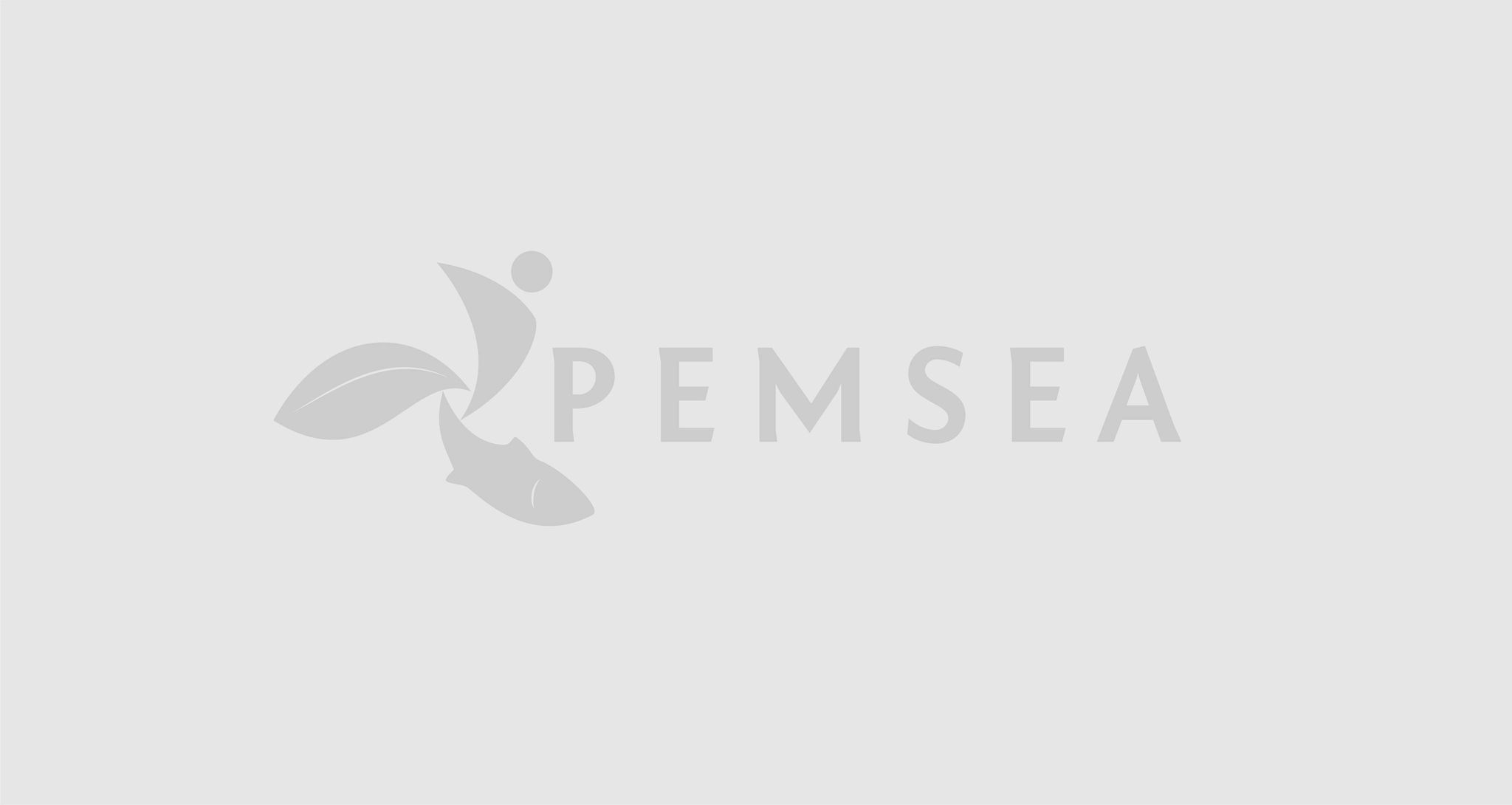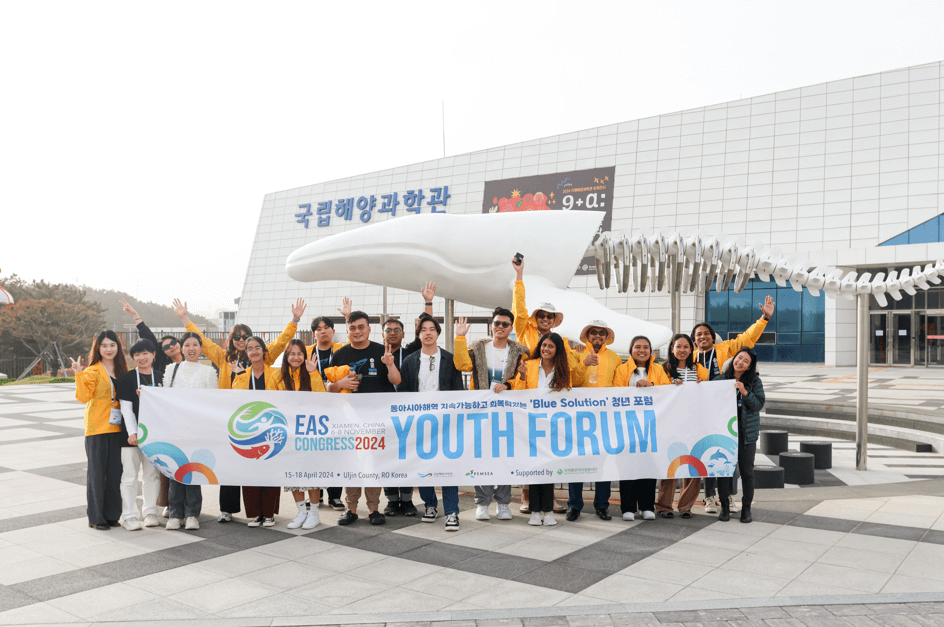Quest for a Better Life: No Mean Feat for Communities
Wednesday, 23 January 2008

Stung Hav District, Cambodia — It has been a busy year for the Stung Hav fishery community as the people seek to find the balance between sustainable livelihood and fishery resource management and protection. For an offsite fishing community which has limited access to basic services, infrastructures and opportunities, searching for the balance is not easy, especially if the "challenges" side appears heavier.
Funded under the Small Grants Programme-PEMSEA Joint Communiqué, the Sustainable Coastal Resource Management project in Stung Hav was implemented in 2006 to protect and rehabilitate the existing fishery resources. The project was targeted to benefit about 12,000 community members in Stung Hav district, Sihanoukville, Cambodia. Following the approval of the project, community members conducted a series of activities including conservation and rehabilitation of mangrove areas, restoration of a freshwater reservoir and the implementation of sustainable livelihood projects. Information, education and communication campaigns were also started to encourage greater stakeholder participation in project activities. During the second half of 2007, a mangrove reforestation initiative was widely participated by more than 600 students, teachers, local authorities and community members. Through such activities, an estimated 184,000 mangrove seedlings, covering about 18 hectares, were planted in Sangkat Oh Tress and Sangkat Tomnub Rolok. Aside from this, the Department of Fishery worked with the fishery community in conducting a survey to determine the best site for the establishment of a protected area. Fifty fish cages made of concrete, which will also serve as artificial reefs, were put up in the protected area. The initiative was developed to encourage community members to guard the fishing grounds against illegal fishers, while allowing low impact fishing efforts. Months following the installation of these reefs, community members attest that there was significant increase in the fish catch in the surrounding areas, consequently increasing the income among fishers. Water for lifeFreshwater supply is also limited in the community. Under the United Nations Development Programme (UNDP) TRAC fund and through the Global Environment Facility Small Grants Programme, a 5.97 hectare freshwater reservoir is being constructed to provide the community with adequate supply for domestic and agriculture use. As part of the rehabilitation process, reforestation of the area will be undertaken to increase water retention capacity. In addition, ceramic water purifiers have been distributed. This has facilitated access to safe drinking water supply, and reductions in the purchase of bottled water and the time- and energy-consuming efforts of boiling water. Supporting these initiatives is a series of information, education and communication campaigns, which aim to create awareness among the community members on the importance of caring for their coastal and marine resources. One hundred copies of a community regulation book on prohibited and permitted activities were distributed and 400 leaflets were produced and distributed to community members. The fishing community has also conducted training on fishery regulation to local fishers in 03 Sangkat, Khan Stung Hav. Billboards were set up in Sangkat Oh Tress and Sangkat Tomnub Rolok to inform people of the mangrove and fishery management practices. But these achievements do not come easy. Mangrove planting, for instance, is continually thwarted by expansion of industries and the needs among communities for firewood. The establishment of the freshwater reservoir was also initially hounded by land claims. In the process, the community deals with these issues through continuous dialogues and negotiations to gain community support. The past two years is only the start of a new effort to strike the balance between sustainable coastal and marine management and livelihood development. For coastal communities such as Stung Hav, it signals a new hope that with community involvement, sustainable development is possible. It is no mean feat, but it's possible.



